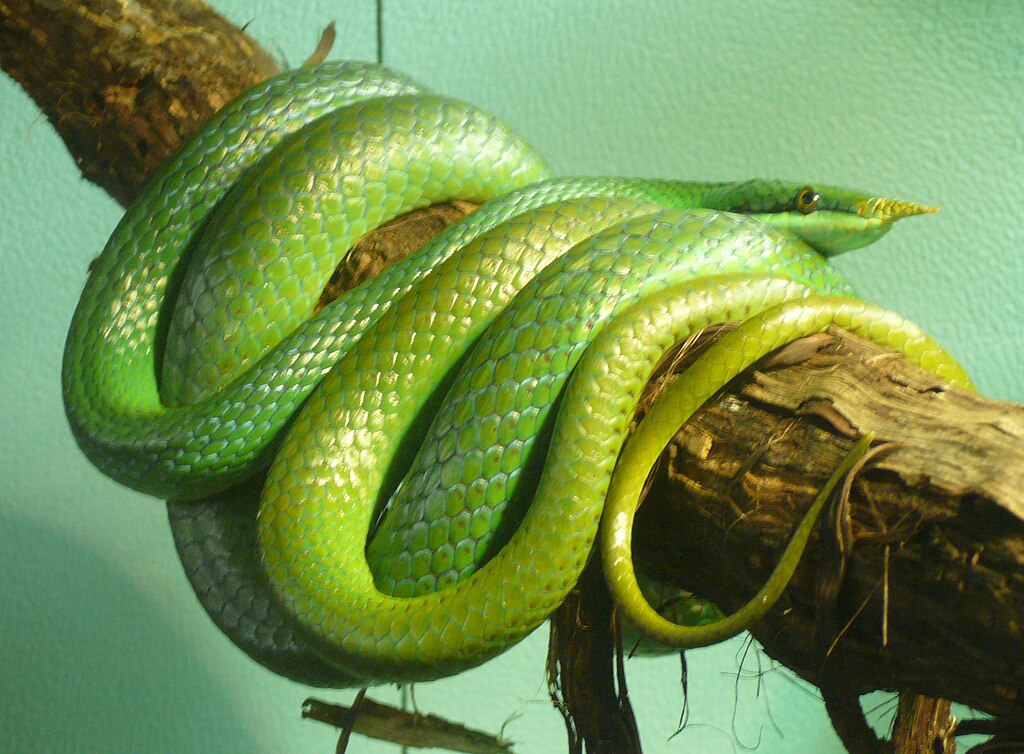Snakes are fascinating creatures that have adapted to various environments over millions of years. When kept as pets, these reptiles must adjust to the artificial boundaries of their enclosures—a significant departure from their natural habitats where they might roam for miles. Understanding how snakes learn and adapt to tank boundaries offers insight into their cognitive abilities and welfare needs. This process involves a combination of sensory exploration, environmental mapping, behavioral adaptation, and response to environmental cues that collectively help these remarkable animals establish their new spatial limitations.
The Snake’s Spatial Awareness System
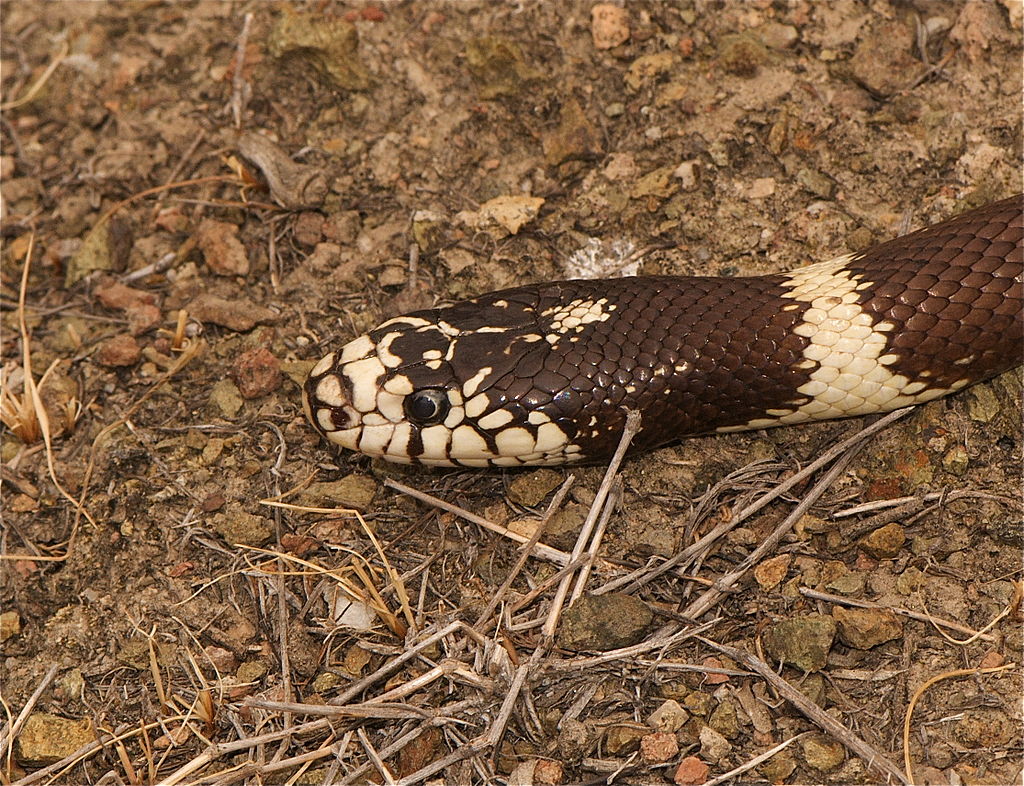
Snakes possess a sophisticated spatial awareness system that helps them navigate their surroundings. Unlike mammals that rely heavily on vision, snakes use a combination of sensory inputs to create a mental map of their environment. Their forked tongues collect chemical particles from the air, which are then processed by the Jacobson’s organ in the roof of their mouth. This chemosensory system allows them to detect the presence of objects, potential prey, and territorial boundaries even in complete darkness. When placed in a new enclosure, a snake will immediately begin to use this system to explore and understand the limits of its new home.
Initial Exploration Phase
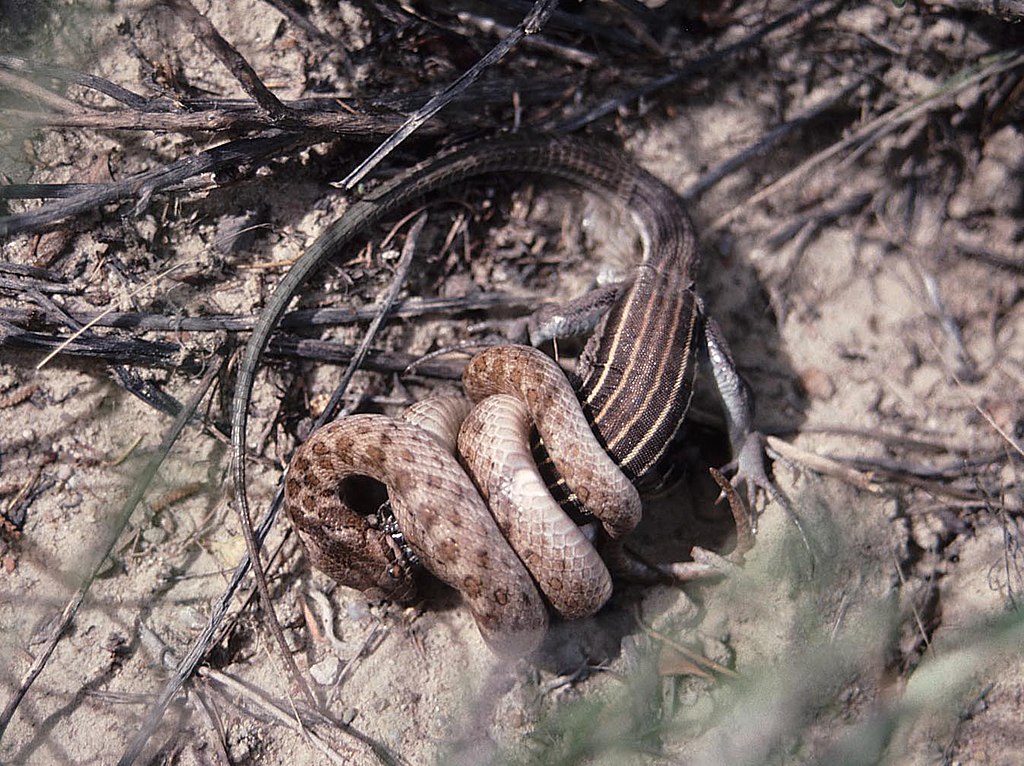
When first introduced to a new tank, snakes typically undergo an intensive exploration phase. During this period, which can last from several hours to several days depending on the species and individual, the snake will methodically investigate every corner and surface of its enclosure. This behavior involves moving along the perimeter of the tank, flicking its tongue frequently to gather chemical information, and sometimes pressing its nose against the glass or walls. Through this process, the snake builds a comprehensive sensory map of its environment, including where solid barriers exist. Many snake owners observe their pets repeatedly tracing the same paths during this phase, reinforcing their mental map of the space.
Physical Contact Learning

Physical interaction with tank boundaries plays a crucial role in how snakes learn their spatial limitations. As they move around their enclosure, snakes use their bodies to feel the solid barriers that define their space. This tactile learning is particularly important for species that are active at night or have poor vision. The snake will often press against the glass or walls, testing the solidity of these barriers and incorporating this information into its spatial understanding. Over time, most snakes develop what appears to be a memory of these physical boundaries, reducing the frequency with which they bump into or push against the walls. This adaptation suggests a form of spatial learning that helps them navigate more efficiently within confined spaces.
Role of Visual Perception
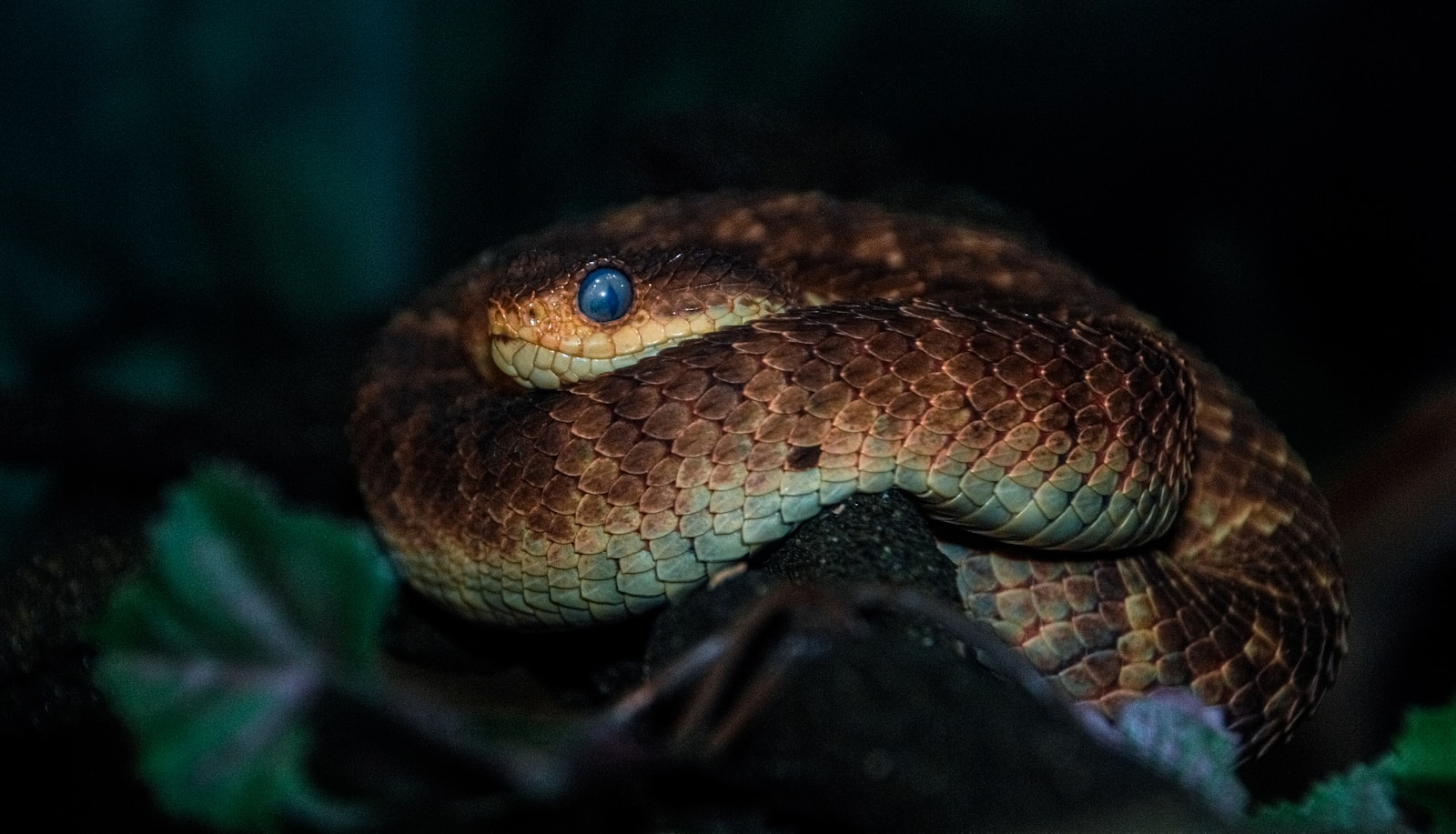
While many snake species have limited visual acuity compared to mammals, vision still plays a role in how they learn tank boundaries. Species with better vision, such as some colubrids, may use visual cues to identify the edges of their habitat. The transparency of glass can be particularly confusing for snakes, as it presents a visual pathway that doesn’t match the physical barrier they encounter. This visual-tactile mismatch often results in snakes repeatedly trying to move through glass walls, especially when they can see activity or potential prey on the other side. Over time, most snakes learn to reconcile these conflicting sensory inputs, demonstrating their ability to adapt their perceptual understanding.
Temperature Gradients as Boundary Markers
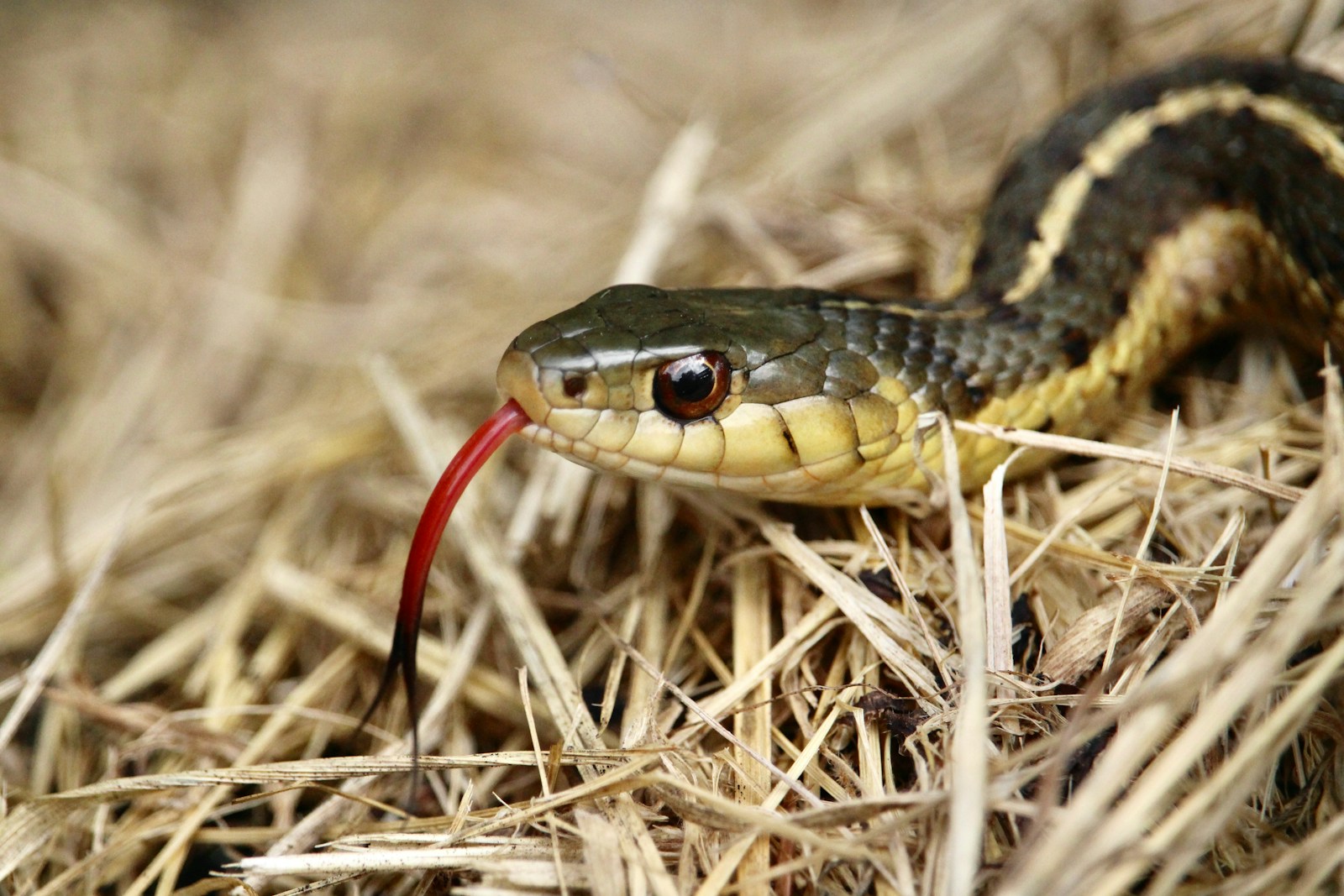
Temperature perception serves as another important way snakes learn the boundaries and topology of their environment. Being ectothermic, snakes are highly sensitive to temperature variations within their enclosure. Properly set up tanks include temperature gradients, with warming areas typically created using heat lamps or heating pads. Snakes quickly learn the location of these warm zones and incorporate them into their mental map of their habitat. The contrast between warm basking spots and cooler areas helps define different regions within the tank. This thermal mapping becomes part of how snakes understand the geography of their enclosure, influencing where they choose to spend time and how they navigate their space.
Substrate and Texture Recognition

The varying textures and substrates within a tank provide additional sensory information that helps snakes define their territory. Snakes can detect changes in substrate through their ventral scales, which are highly sensitive to texture and pressure. A well-designed enclosure might include different substrate areas, such as moist hide boxes, rough climbing surfaces, or smooth resting spots. These textural variations create a tactile map that supplements the snake’s other sensory inputs. Many snake owners observe that their pets develop clear preferences for certain substrate types and will repeatedly return to these areas, demonstrating their ability to remember and navigate based on textural cues within their boundaries.
Adaptation Period and Learning Curve

The time required for a snake to fully learn its tank boundaries varies significantly depending on species, age, and individual temperament. Generally, younger snakes adapt more quickly than older specimens that may have established spatial patterns from previous environments. Most snakes show noticeable adaptation within 1-2 weeks, with continued refinement occurring over subsequent months. During this learning period, behavior typically evolves from frequent perimeter testing and occasional stress responses to more confident movement within the known space. Some particularly intelligent species, like king snakes and rat snakes, may demonstrate faster learning curves than more primitive species, reflecting differences in cognitive abilities across the diverse snake family.
Behavioral Indicators of Boundary Recognition

Snake owners can observe several behavioral changes that indicate their pet has learned the boundaries of its enclosure. A snake that has mapped its territory typically exhibits more relaxed movements, spends less time testing walls and corners, and shows reduced stress behaviors like excessive hiding or defensive postures. Many snakes establish regular movement patterns or “patrol routes” once they’ve learned their boundaries, moving confidently between favorite spots within their tank. Another positive indicator is when a snake begins to use the full vertical space available, comfortably climbing on branches or decorations without constantly seeking escape routes. These behavioral shifts usually indicate successful adaptation to the spatial limitations of captivity.
Glass Confusion and the “Nose-Rubbing” Phenomenon

One common challenge in a snake’s boundary learning process is understanding the nature of glass barriers. The visual transparency of glass creates a perceptual problem that can lead to a behavior known as “nose-rubbing,” where snakes repeatedly press against or slide along glass walls. This behavior occurs because the snake can see beyond the enclosure but cannot understand why it cannot physically access that space. In severe cases, persistent nose-rubbing can lead to rostral abrasions or injuries. Most snakes eventually reduce this behavior as they learn to integrate the conflicting sensory information, though some individuals may continue occasional testing of glass boundaries throughout their lives, particularly when stimulated by movement outside their tank.
Environmental Enrichment and Boundary Learning

The complexity of a snake’s enclosure significantly impacts how it learns and interacts with its boundaries. Tanks with varied terrain, multiple hiding spots, climbing opportunities, and different substrate zones provide richer sensory information that helps snakes create more detailed mental maps of their environment. This environmental complexity not only aids in boundary learning but also promotes natural behaviors and reduces stress. Snake owners often report that adding new enrichment items temporarily increases exploratory behavior as the snake incorporates these new elements into its spatial understanding. Well-designed habitats with appropriate enrichment can therefore facilitate more effective boundary learning while simultaneously improving overall welfare.
Stress Responses During the Learning Process

The process of learning tank boundaries can be stressful for snakes, particularly when they’re first introduced to a new enclosure. Common stress indicators include excessive hiding, reduced appetite, defensive posturing, or constant movement along perimeters as they search for escape routes. These behaviors reflect the snake’s natural response to unfamiliar environments and the evolutionary drive to establish secure territory. Most healthy snakes show a gradual reduction in stress behaviors as they become familiar with their boundaries and develop confidence in their new space. Owners can support this adaptation by minimizing disturbances during the initial learning period and ensuring the enclosure meets the species’ specific environmental needs for temperature, humidity, and security.
Species Differences in Boundary Learning

Different snake species exhibit varying abilities and approaches to learning tank boundaries, reflecting their evolutionary history and natural habitat preferences. Arboreal species like emerald tree boas may prioritize vertical boundaries and take longer to adjust to the limited climbing opportunities in captivity. Burrowing species such as sand boas may focus more on substrate exploration than wall boundaries. Active hunters like corn snakes and king snakes typically demonstrate more thorough and persistent boundary testing than ambush predators like ball pythons. These species-specific differences highlight the importance of designing enclosures that accommodate natural behaviors while still providing clear boundaries that the snake can learn effectively according to its particular sensory and cognitive adaptations.
Supporting Successful Boundary Adaptation
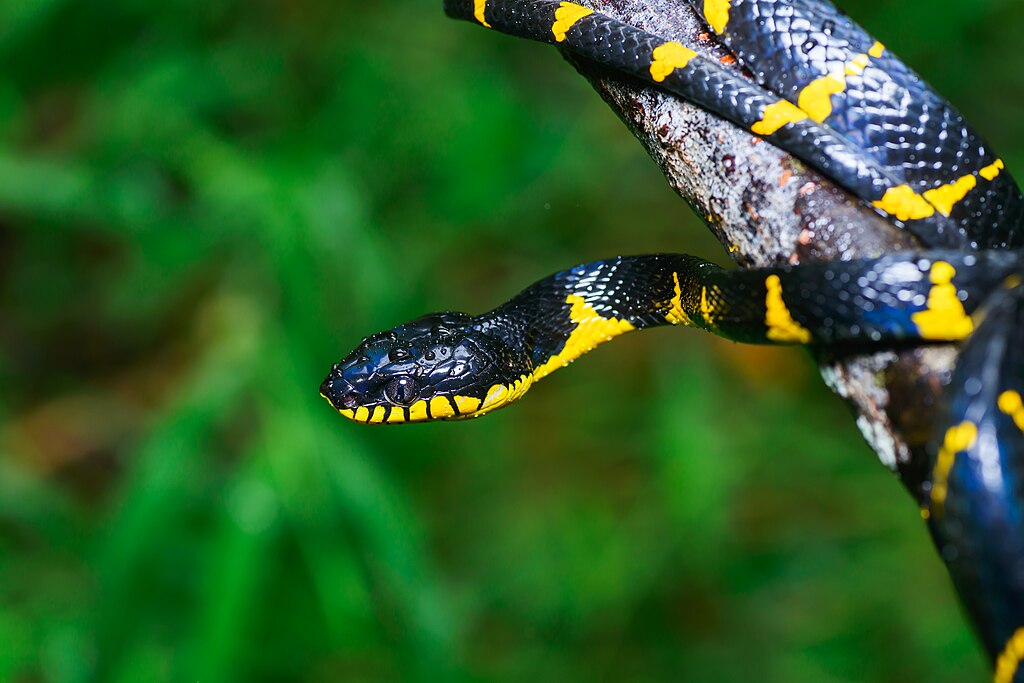
Snake owners can take several steps to help their pets successfully learn tank boundaries while minimizing stress. Providing visual barriers on three sides of a glass tank can reduce confusion and the frustration of seeing inaccessible space. Creating a secure environment with appropriate hiding spots encourages confidence during the exploration phase. Maintaining consistent tank layouts rather than frequently rearranging decorations allows the snake to establish and maintain its spatial map. For species prone to persistent glass-striking behavior, increasing environmental complexity within the tank can redirect attention inward rather than outward. These supportive practices acknowledge the cognitive processes involved in boundary learning and create conditions that facilitate this important adaptation to captive environments.
Understanding how snakes learn the boundaries of their tank provides valuable insights into these animals’ cognitive abilities and welfare needs. Through a complex integration of chemical sensing, tactile exploration, visual processing, and thermal perception, snakes gradually build mental maps of their captive environments. This learning process represents a remarkable example of behavioral plasticity, as these animals adapt instincts evolved for vast natural territories to the confines of captivity. By respecting and supporting this adaptation process, snake owners can create environments that meet both the physical and psychological needs of these fascinating reptiles, ensuring they thrive within the necessary boundaries of their captive homes.

